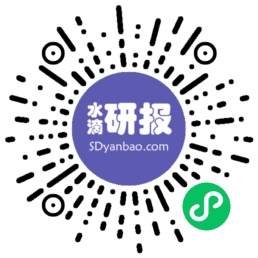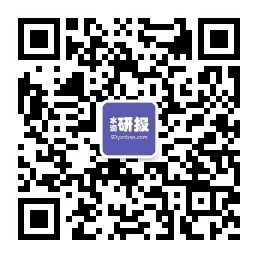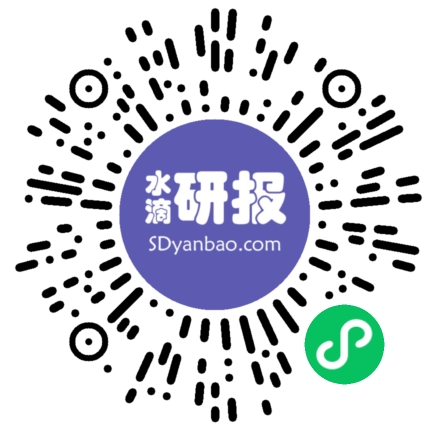ITIF-逆火:出口管制帮助华为,伤害美国企业(英)
itif.org Backfire: Export Controls Helped Huawei and Hurt U.S. Firms RODRIGO BALBONTIN | OCTOBER 2025 Huawei is a more innovative company today than it was before the U.S. government sought to choke its supply chain. This case should serve as a lesson: U.S. techno-economic power is weaker than most think, and sanctions often hurt U.S. competitiveness more than China’s. KEY TAKEAWAYS The first Trump administration tried to limit sales of Huawei’s telecom equipment in America and other nations due to cybersecurity concerns. The administration later imposed export controls on Huawei in an attempt to kill it for doing business with Iran. The U.S. government’s rationale for its actions against Huawei is a legacy of an earlier era when America had enough power to impose crippling sanctions without harming its own companies’ competitiveness. Because of U.S. actions, Huawei developed its own operating system (OS), built its own chips, and bought equipment from other nations. Despite U.S. actions against Huawei, it remains the world’s largest telecom equipment manufacturer, with a 34 percent global market share in 2024, up 2 percentage points from 2018. Meanwhile, Huawei succeeded in boosting its global market share in telecom equipment and expanding into new markets, such as smart automotive solutions. Indeed, Huawei asserts that it has built an ecosystem entirely independent from U.S. technologies. While export controls made Huawei a more robust competitor, they also hurt U.S. technology companies—reducing their sales to Huawei by $33 billion between 2021 and 2024—and they triggered retaliation from the Chinese government. It’s time for the U.S. government to rethink the use of export controls on China, recognizing that this is a new era when the effect is just as likely to backfire and hurt American companies and jobs. INFORMATION TECHNOLOGY & INNOVATION FOUNDATION | OCTOBER 2025 PAGE 2 CONTENTS Key Takeaways ................................................................................................................... 1 Introduction ....................................................................................................................... 3 Huawei 101: Its Businesses and U.S. Actions Against the Company ........................................ 4 U.S. Government’s Sanctions on Huawei for Alleged Business with Iran ............................... 6 U.S. Government’s Attempts to Cripple the Company .......................................................... 7 The Effect of Export Controls on Huawei’s Global Market Share ......................................... 10 Huawei’s Innovations After the Export Controls ................................................................ 10 How Huawei Bounced Back From Export Controls ................................................................ 12 China’s Mercantilism Allowed Huawei to Survive .............................................................. 12 Huawei Had More Tha
ITIF-逆火:出口管制帮助华为,伤害美国企业(英),点击即可下载。报告格式为PDF,大小1.05M,页数42页,欢迎下载。









